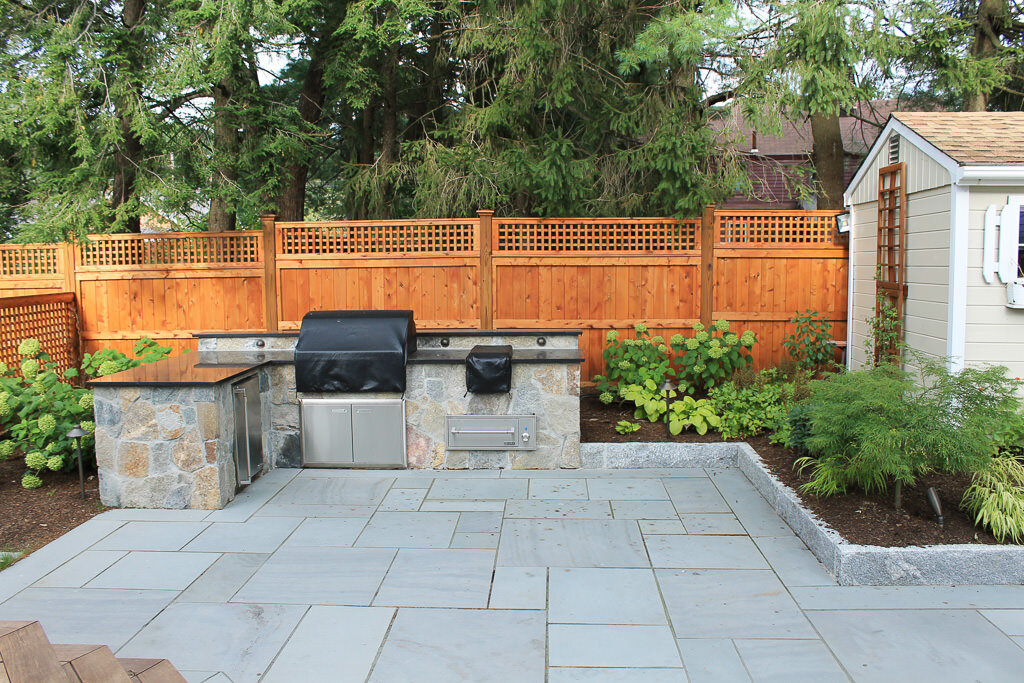What is Checking?

When cedar dries, the exterior surface (sapwood) shrinks faster than the inner surface (heartwood). The result is the familiar "check" which is technically neither a split nor a crack. Checks can be easily described as an opening on the surface of the wood that runs parallel the direction of the grain. All of our fence posts have heartwood in the center, which helps aid in the strength and longevity of our materials. Checking will not pass through the heartwood, so there is no fear of the material splitting in half or compromising the structural integrity.
Checking will be most prevalent near drilled holes, screws or bolts and on the ends of the material. If checking occurs at the end on both sides of the post and appears to form a check that is all the way through the material, this will be limited to just the end of the post and will not travel through the rest of the post.
Most checking will occur within the first few months after installation, once the wood has finally adjusted to the environment the checking will stop, so there are no worries of it getting worst or the check continuing to grow over the life of the fence.
Again, it is important to remember that checking will not affect the structural integrity of your fence or shorten its life span; this is a completely natural occurrence.
Other Examples of Checking:
Hristofor Dimitrov
CEO
Fensu Inc.







